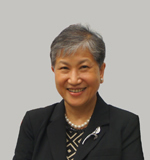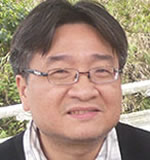專任教授:::
 |
梁偉光副教授兼所長
weikuangliang@gmail.com |

|
洪蘭榮譽教授暨創所所長
|
 |
阮啟弘講座教授兼任副校長、認知智慧與精準健康照護研究中心主任、八德校區籌備處執行辦公室執行長
chijuan@cc.ncu.edu.tw |
 |
馬杰仁特聘教授
neil.muggleton@gmail.com |
 |
吳嫻教授
denisewu@cc.ncu.edu.tw |
 |
鄭仕坤教授
skcheng@cc.ncu.edu.tw |
 |
張智宏副教授
auda@ncu.edu.tw |
 |
謝宜蕙副教授
ihuihsieh@gmail.com |
 |
徐峻賢副教授
kevinhsu@ncu.edu.tw |
 |
徐慈妤副教授
tzuyuhsu@ncu.edu.tw |